- No products in the cart.
Phosphogliv lyophilisates for solution for injection 500mg + 200mg 2.5g vial with 5 pcs sol. (Water) 10ml vials
$36.78
Phosphogliv lyophilisates for solution for injection 500mg + 200mg 2.5g vial with 5 pcs sol. (Water) 10ml vials
SKU: 081873046 Categories: Digestive tract, Hepatoprotectors, Medicaments Tags: glycyrrhizic acid + phospholipids, Pharmstandard
Description
Composition
Active substance:
Phospholipids (lipoid C 100) – 0.50 g (in terms of 100% substance)
Trisodium salt of glycyrrhizic acid – 0.20 g (sodium glycyrrhizinate).
Excipients:
Maltose – 1.80 g
Description:
Lyophilized mass from white to light yellow in color.
Product form:
Lyophilizate for preparation of solution for intravenous administration.
2.5 g of the drug into vials of lighting glass, hermetically sealed with stoppers for freeze-drying run-aluminum caps with a plastic component or sealed with caps combined.
5 vials preparation complete with 5 ampoules (vials) of the water for injection of 10 ml was placed in blisters.
A contour cell package was placed in a pile of cardboard.
Or 5 or 10 units of the drug to the instruction on use is placed in a pile of cardboard.
Contraindications
Hypersensitivity to the drug, antiphospholipid syndrome, pregnancy, breastfeeding, children under 12 years.
Dosage
500 mg + 200 mg
Indications
– Fatty degeneration of the liver (steatosis), alcohol, toxic, including drugs, liver damage. – In the combined therapy of viral hepatitis (acute and chronic), liver cirrhosis and psoriasis.
Interaction with other drugs
Glycyrrhizic acid, part of the drug is a corticosteroid hormones synergist, it enhances and prolongs their action.
Overdose
When exceeding the daily doses may be observed sodium and fluid retention, edema, pvyshenie blood pressure, hypokalemia. When these symptoms, depending on their severity, the dose should be reduced and / or assign spironolactone 50-100 mg per day.
Overdose cases have been registered with the introduction Phosphogliv® drug.
pharmachologic effect
Pharmacological group:
Hepatoprotective agent.
Pharmacodynamics:
Combined tool. Has a membrane stabilizing, hepatoprotective and antiviral effect.
Phosphatidylcholine (main component phospholipids) is a major structural element of cellular membranes and intracellular, capable of restoring the structure and function in case of damage, providing cytoprotective effect. Normalizes protein and lipid metabolism, prevents loss of hepatocytes, enzymes and other active substances, restores the function of the liver, it inhibits the formation of connective tissue, reducing the risk of fibrosis and cirrhosis.
Glycyrrhizic acid has anti-inflammatory effects, inhibit the reproduction of viruses in the liver and other organs by stimulating production of interferons, increase of phagocytosis, increase the activity of natural killer cells. It has a hepatoprotective effect due to the antioxidant and membrane stabilizing activity. Glycyrrhizic acid potentiates the effects of endogenous glucocorticoids, providing anti-inflammatory and antiallergic effects in liver lesions of non-infectious.
When skin lesions due to membrane stabilizing and antiinflammatory action component limits the spread process and contributes to the regression of the disease.
Pharmacokinetics:
phosphatidylcholine
Contacting mainly with high-density lipoproteins, phosphatidylcholine flows, particularly in liver cells. The half-life choline component is 66 hours, and unsaturated fatty acids – 32 hours.
glycyrrhizic acid
Glycyrrhizic acid, entering the systemic circulation, bind to albumin and are transported to the liver. Provided with gall glycyrrhizic acid unchanged, in the residual amount – the urine. On admission to the intestine under the influence of its beta-glucuronidase intestinal microflora hydrolyzed to beta-glycyrrhetic acid, which undergoes an inverse absorption, thereby causing the enterohepatic circulation.
The experimental data, glycyrrhizic acid incorporation into phospholipid nanoparticles improves its pharmacokinetic and pharmacodynamic properties, prolong circulation in the blood and increases the flow to the liver.
Pregnancy and breast-feeding
Due to lack of efficacy and safety data, the use of the drug during pregnancy and lactation is contraindicated.
Conditions of supply of pharmacies
Prescription.
side effects
Skin rash may appear (at elevated individual sensitivity), which disappears after drug withdrawal.
When exceeding the daily doses may be observed sodium and fluid retention, edema, pvyshenie blood pressure, hypokalemia (see. The section “Overdose”).
special instructions
The contents of the vial should not be mixed with other solutions. To dissolve the only use the water for injection. Never use dilutions chloride or glucose solution, physiological solution of sodium formulation. Administered only intravenously.
The effect on the ability to operate vehicles, machinery
Data about the negative effects of the drug on motor vehicles Phosphogliv® management and activities potentially hazardous activities that require high concentration and psychomotor speed reactions, no.
Storage conditions
In the dark place at a temperature not higher than 25 ° C.
Keep out of the reach of children.
Dosing and Administration
Adults and children over 12 years. Intravenously, after dissolving the powder in 10 ml of water for injection. Intravenous administration is slow. Administered daily with 10 ml 2 times a day, morning and evening for 10 days followed by oral intake of the drug in the form of capsules. Course duration can be increased by the doctor’s recommendation.
Information
Appearance may differ from that depicted in the picture. There are contraindications. You need to read the manual or consult with a specialist
Additional information
| Weight | 0.100 kg |
|---|---|
| Manufacturer | Pharmstandard |


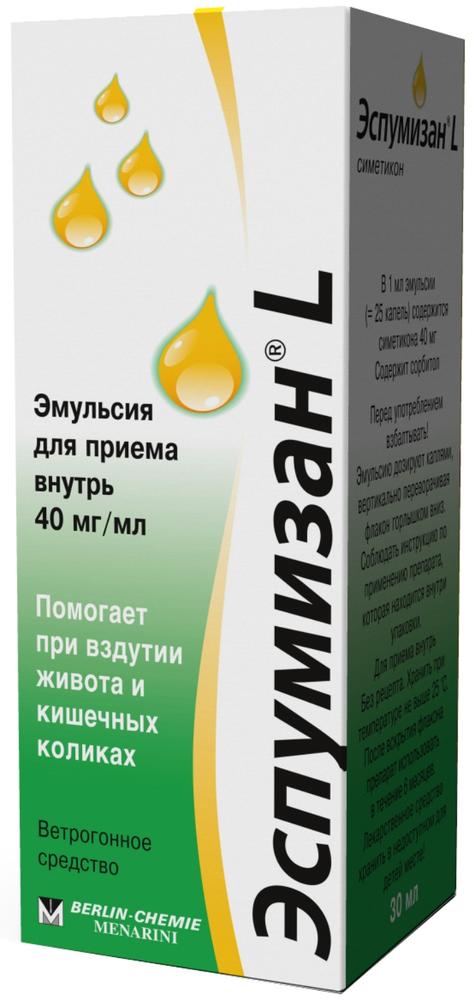
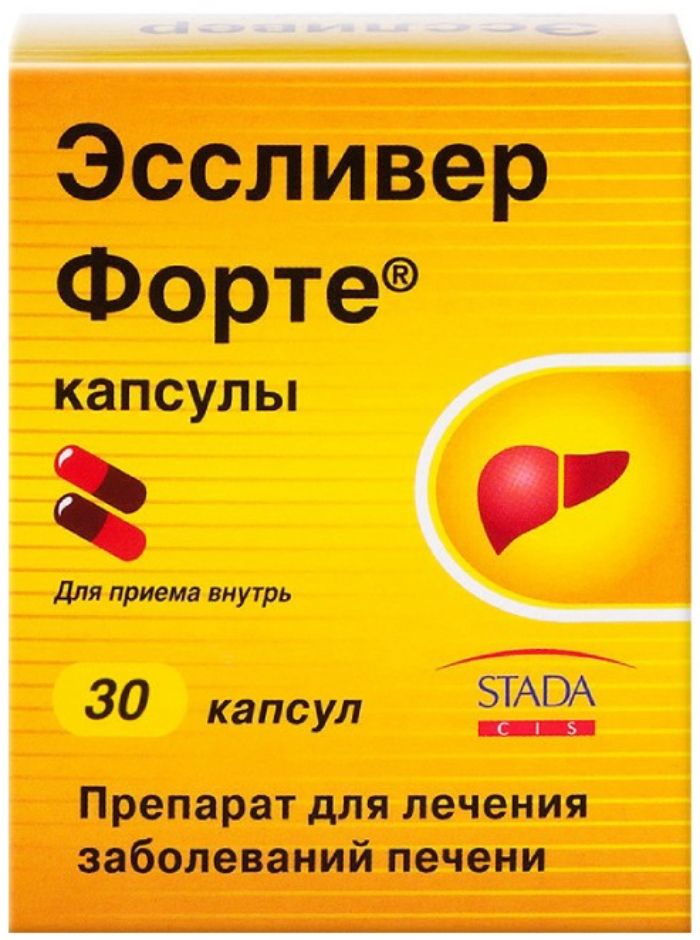
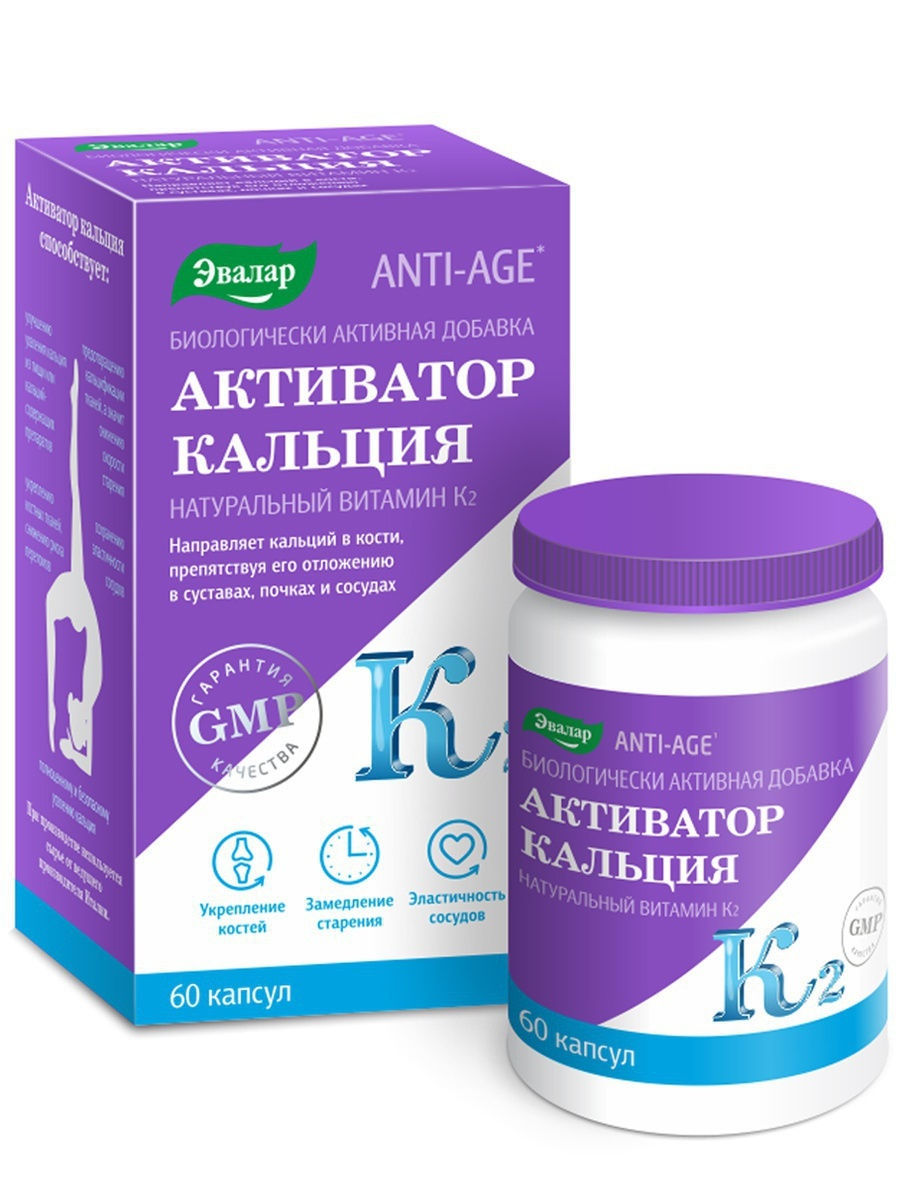
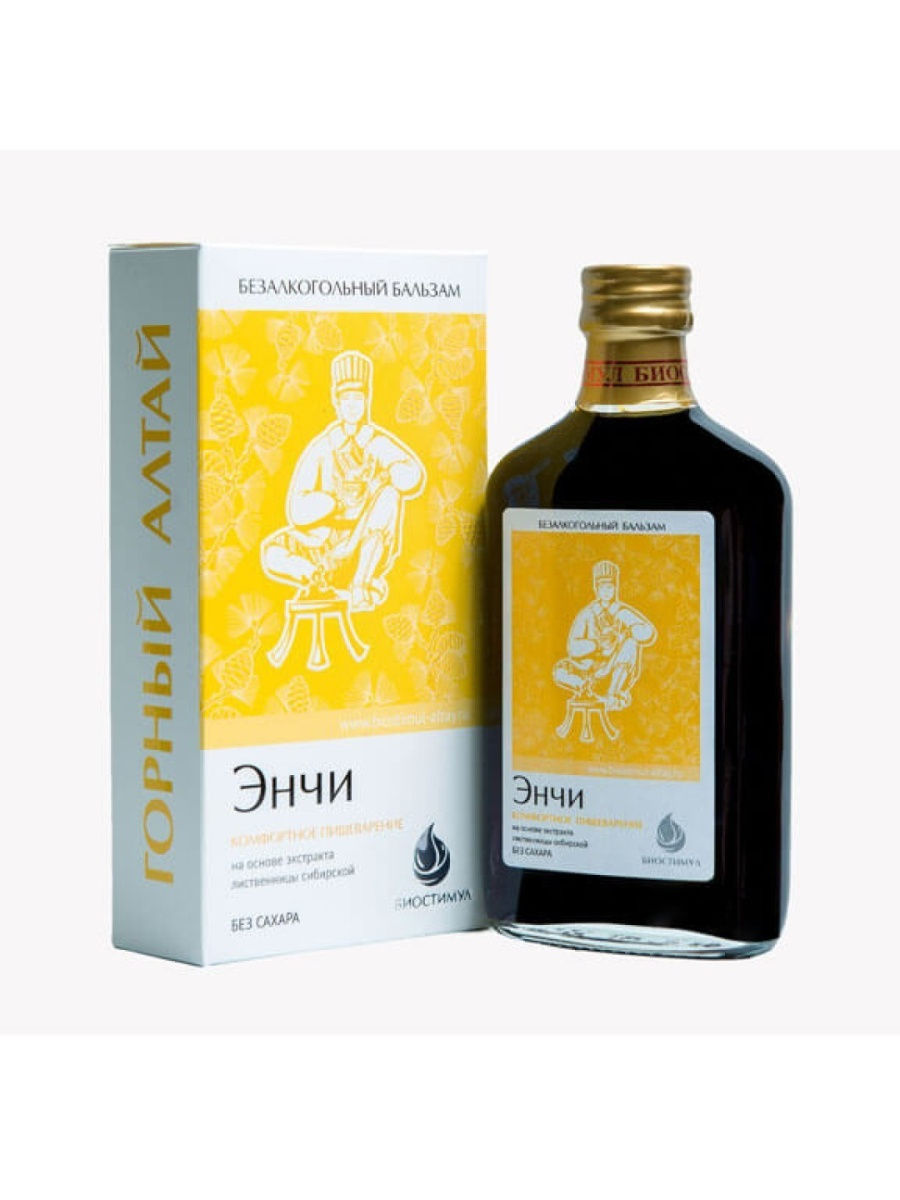

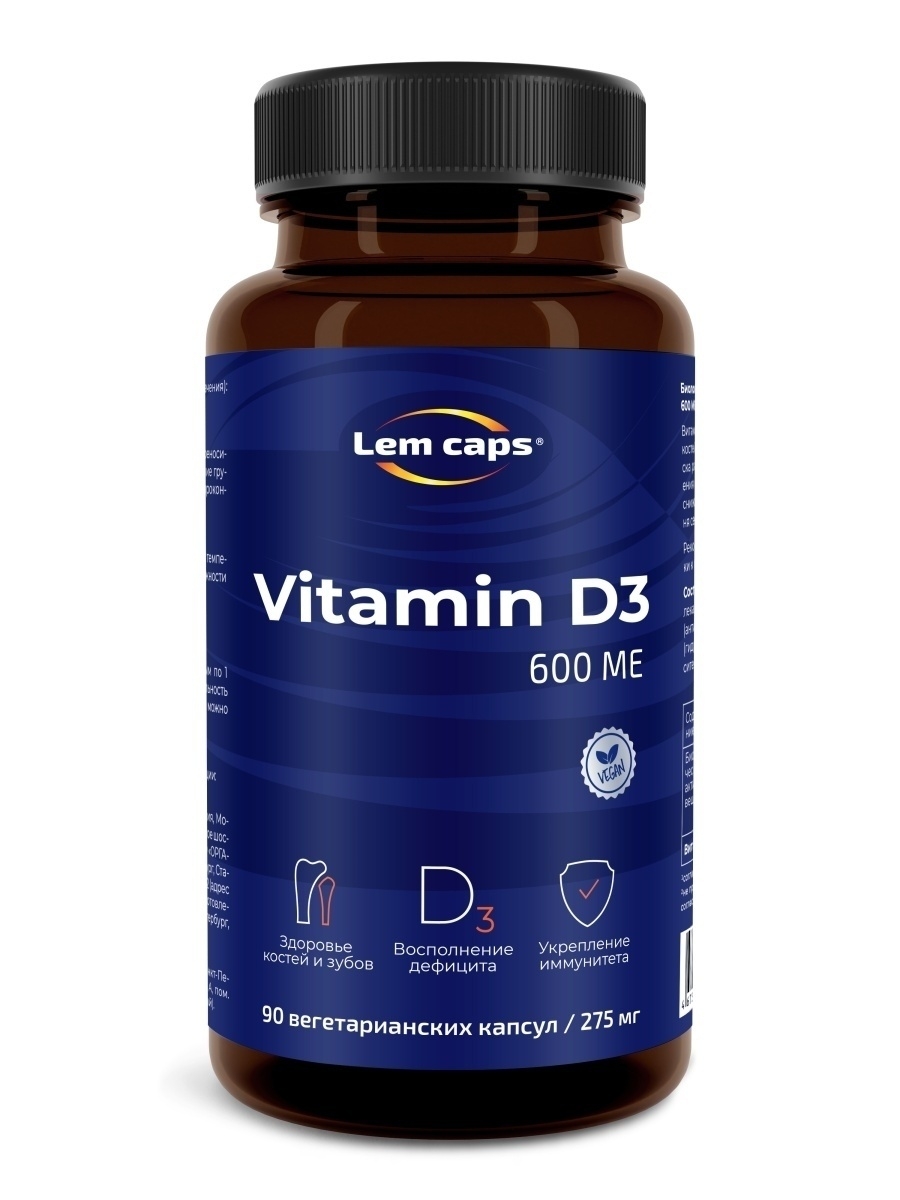
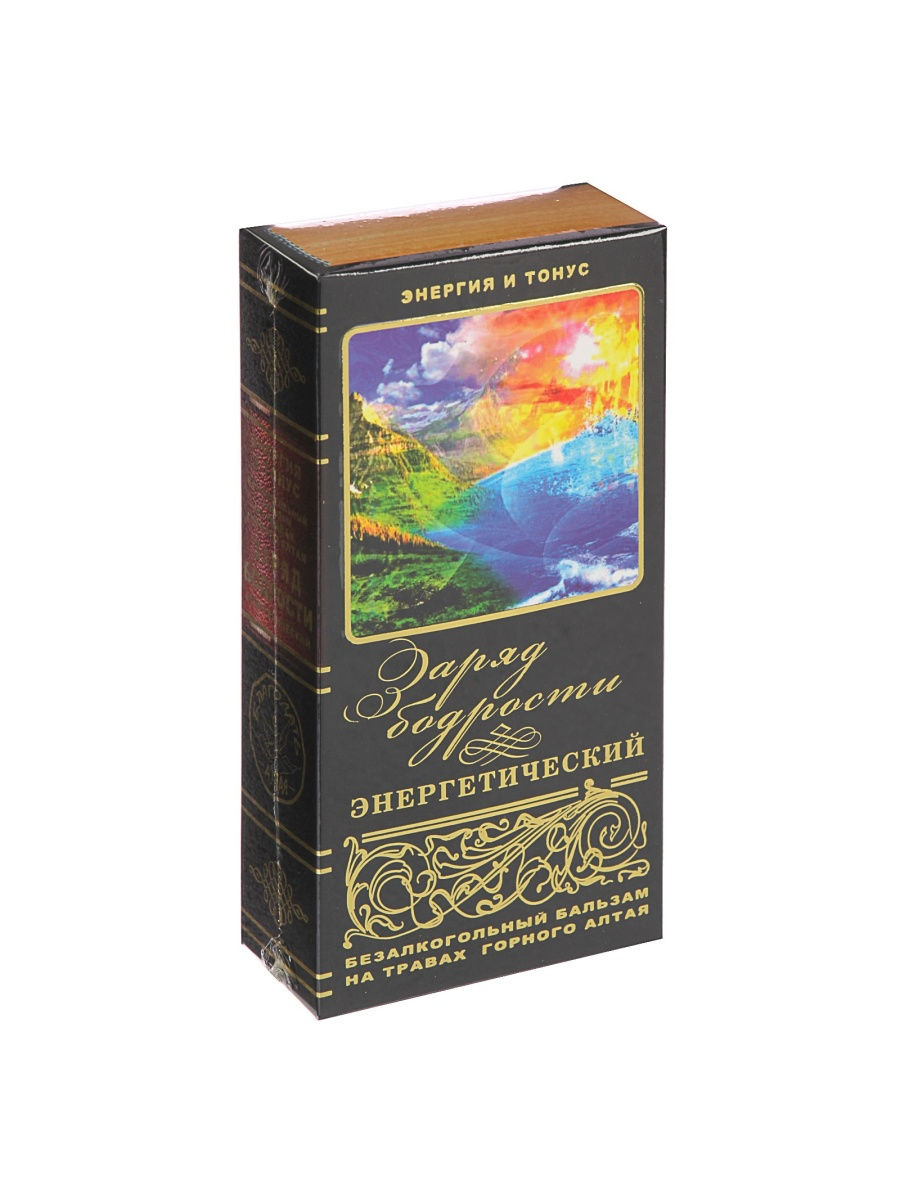
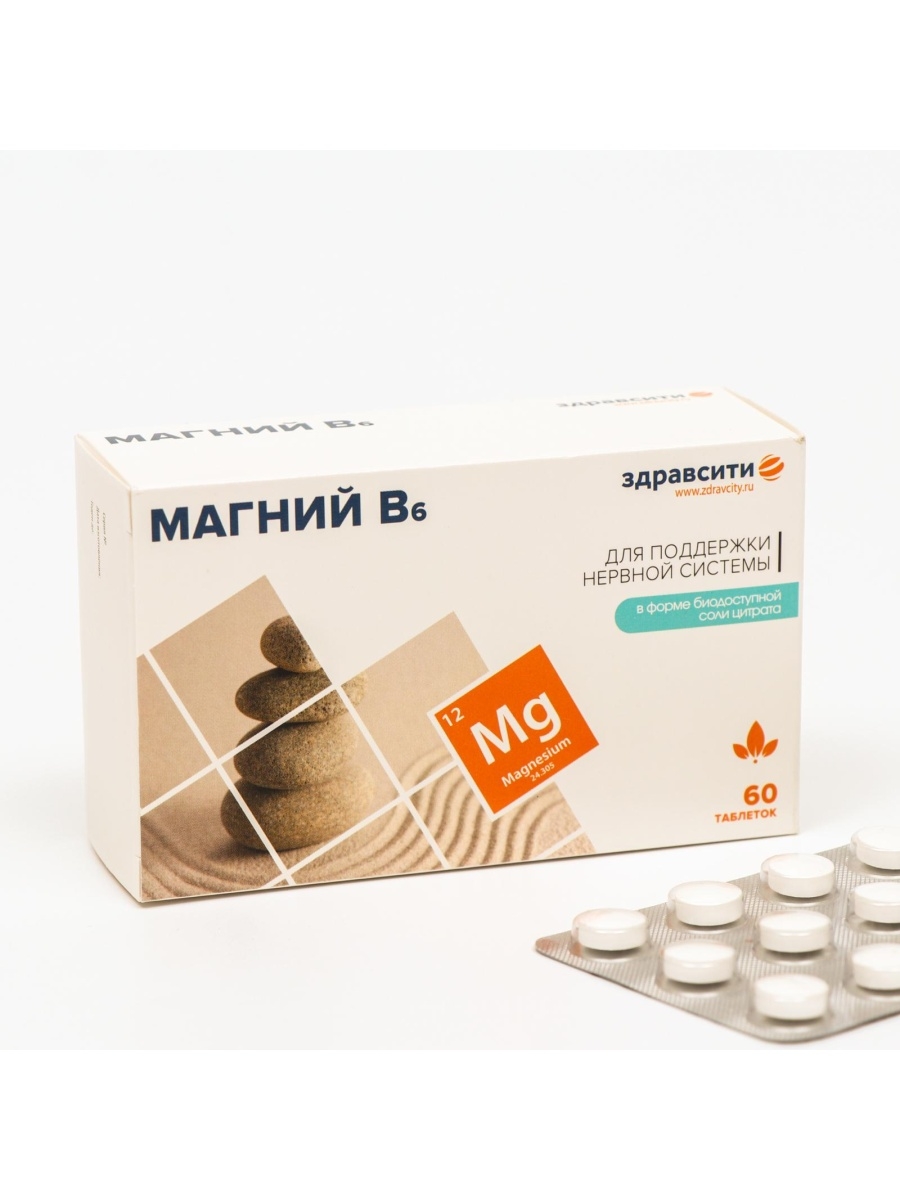



There are no reviews yet.